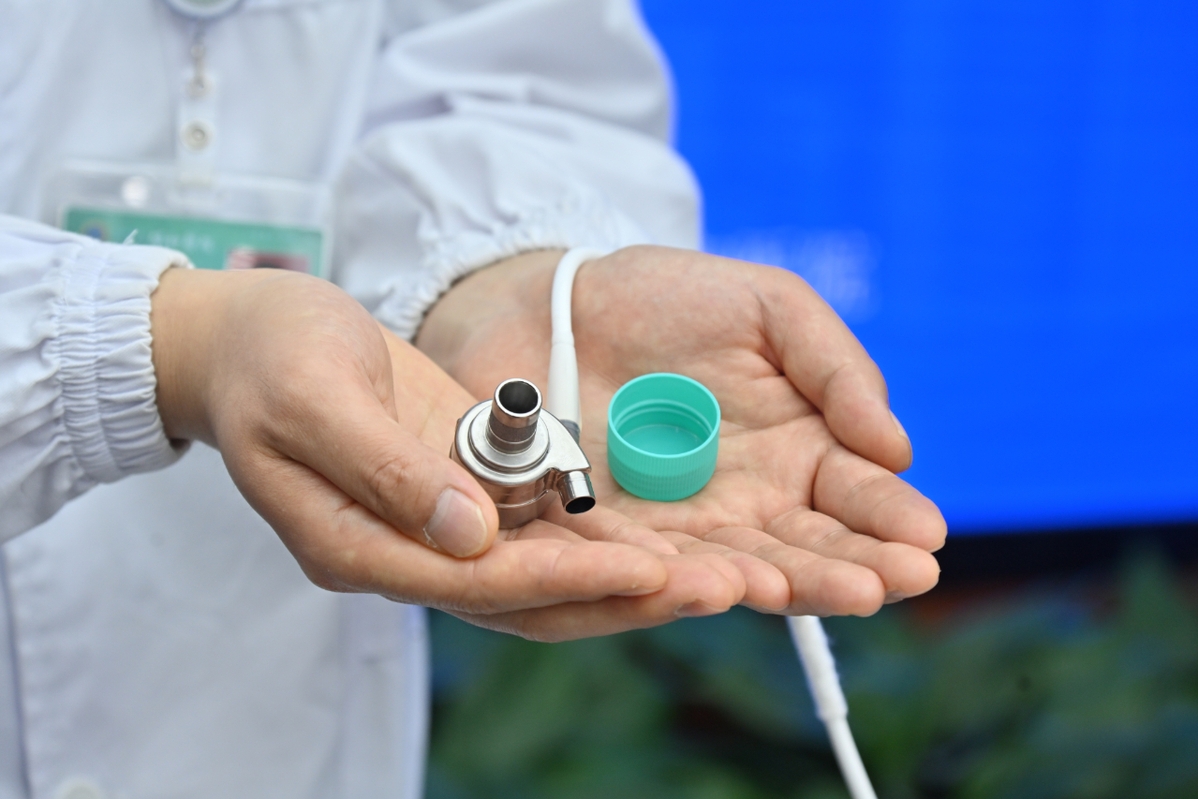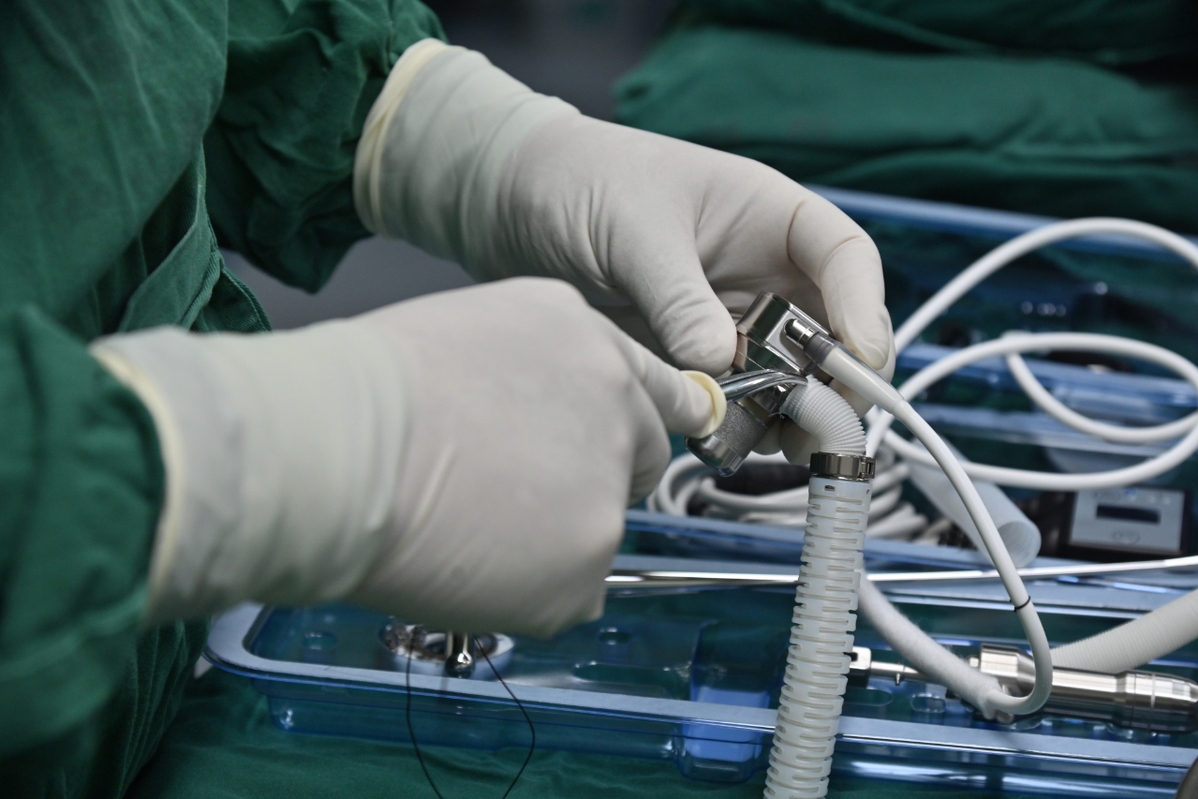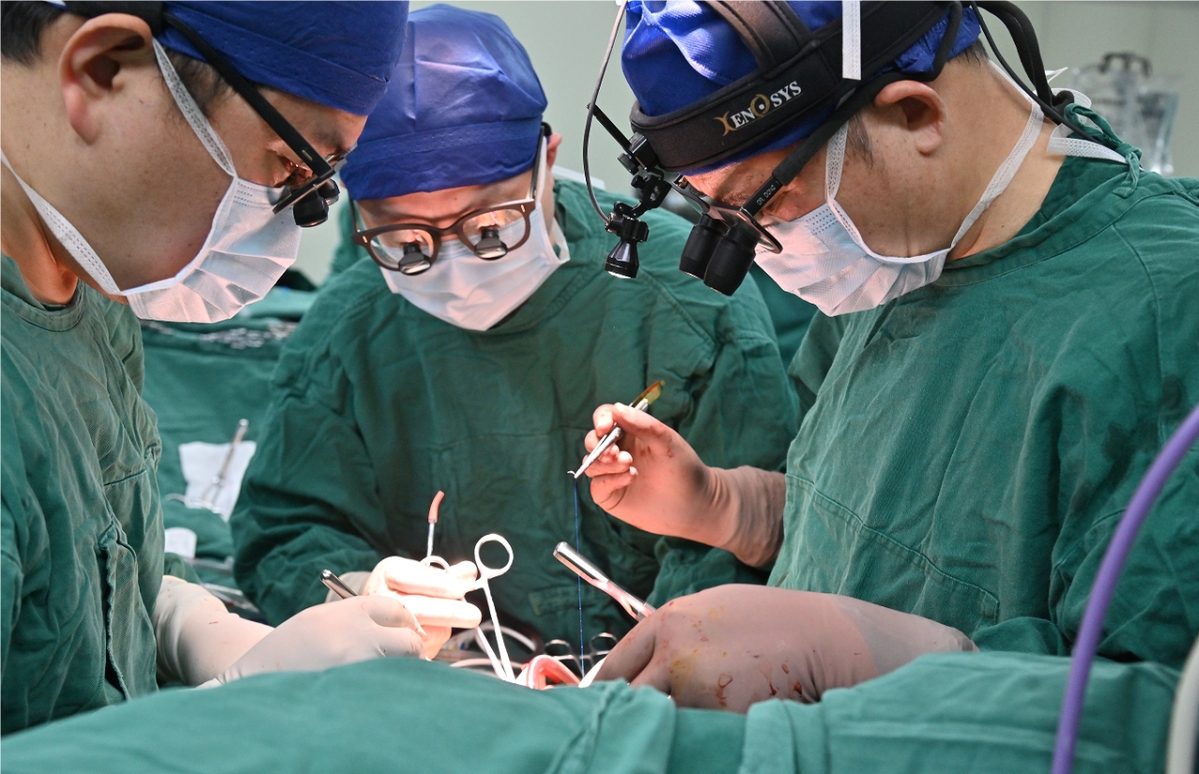
Chinese doctors have successfully implanted the world's smallest and lightest artificial heart that uses magnetic levitation technology into a seven-year-old boy, giving him more time to wait for a heart transplant.
Weighing 45 grams and measuring 2.9 centimeters in diameter, this tiny device is the size of the cap of a regular plastic water bottle and is about half the weight of the smallest maglev-powered heart pump designed for adults.
The Union Hospital affiliated to Tongji Medical College at the Huazhong University of Science and Technology in Wuhan, Hubei province, said on Tuesday that the operation was carried out on March 30, and the boy is now in stable condition and awaiting further treatment.
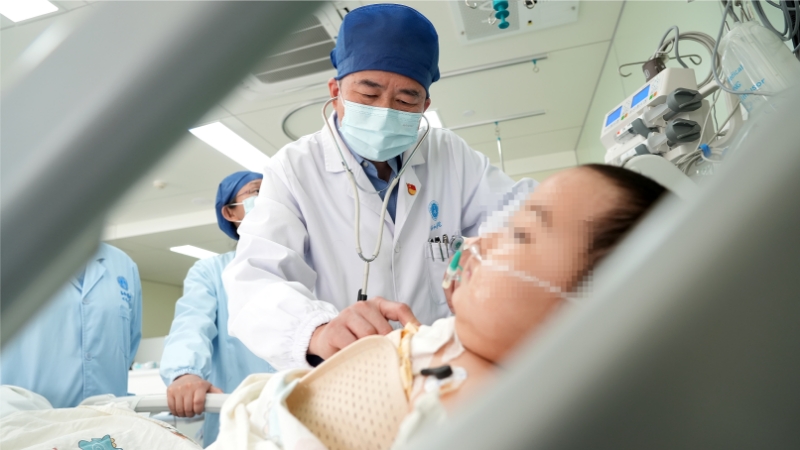
The boy, from Shandong province, was diagnosed with a severe heart muscle disease known as dilated cardiomyopathy in May and quickly progressed to end-stage heart failure that can only be addressed with a real heart transplant.
Upon arrival at the hospital in Wuhan last month to seek treatment, the boy began exhibiting breathing difficulties and was placed on extracorporeal membrane oxygenation — an oxygen delivery machine also known as ECMO — on March 19 as an emergency measure. However, immediate heart transplantation was improbable due to his rare blood type and limited availability of donor hearts.
After thorough communication with his family and obtaining their consent, Dong Nianguo, chief of cardiovascular surgery at the hospital, and his team decided to implant the small artificial heart to afford the boy more time.
The development of the artificial heart stemmed from a research program initiated by the hospital and an innovative medical equipment company based in Shenzhen, Guangdong province, in 2021. The hospital has also partnered with nearly 20 domestic and foreign medical institutions to carry out clinical research.
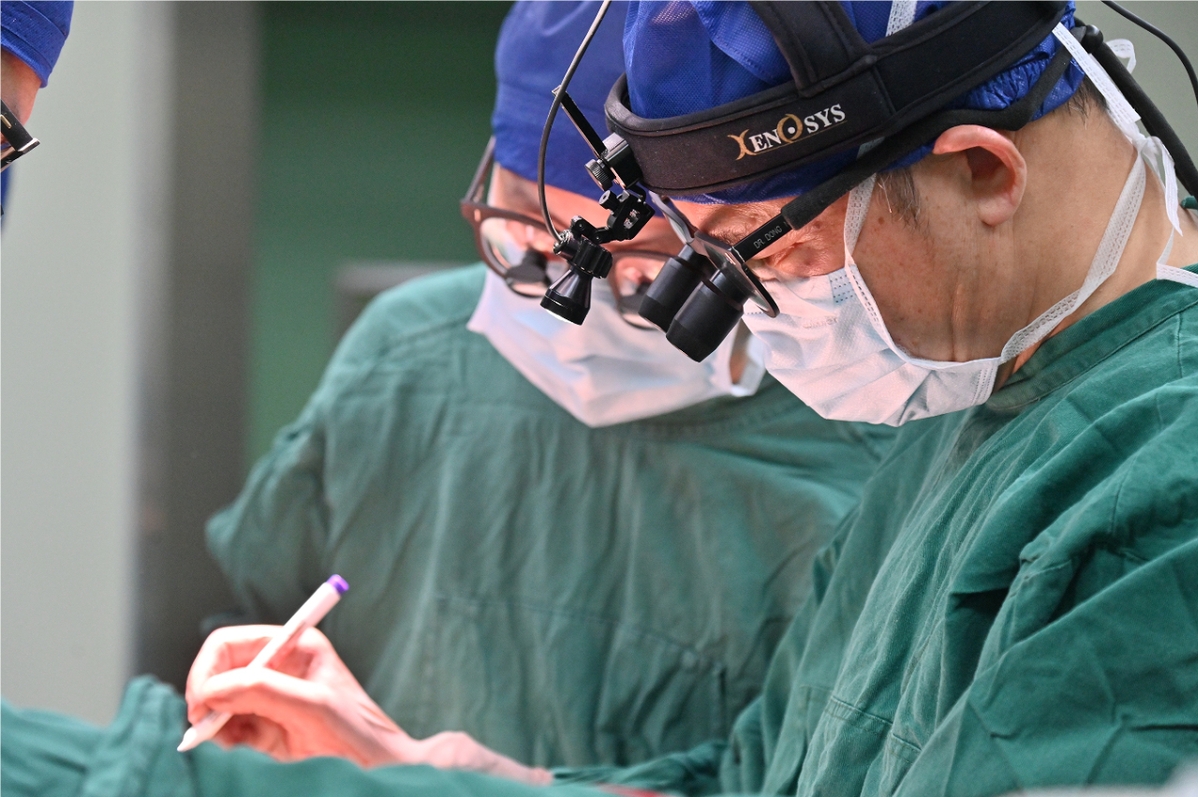
"Children should not be simply perceived as adults with a shrinking size and they need artificial hearts that are tailored to them," said Dong. He added that the key lies in understanding the unique anatomical and physiological traits of children.
Dong said that the newly devised heart pump features low energy consumption, prolonged battery life, stability for facilitating emergency patient transfers, precise speed control, and adaptable settings to accommodate circulatory condition.
The operation took about five hours. The boy began breathing on his own on the second day after the surgery and was transferred into an isolated ward for rehabilitation three days later.
The seven-year-old boy is the second child to receive the device at the hospital. The first patient, aged 10, underwent an implantation in late 2024 and is now in stable condition.
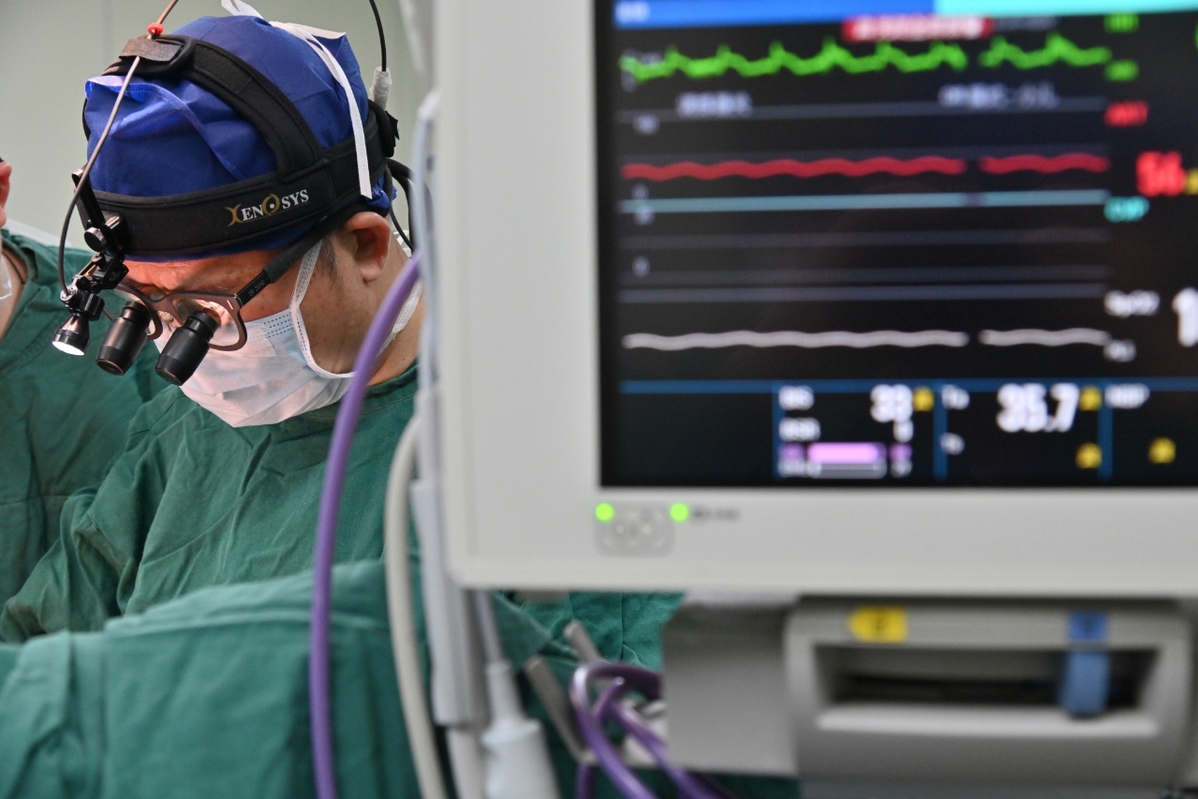
Public data shows that in China about 40,000 children are hospitalized annually due to heart failure, and seven to 10 percent of them require urgent heart transplants. Despite this, fewer than 100 pediatric heart transplants are conducted each year nationwide, underscoring the unresolved challenges in pediatric heart failure treatment.
"Such a micro pump can give children a critical window to restore myocardial function while awaiting a donor heart," said Dong.
Dong said his team will continue to perform clinical research to further assess the device's efficacy and safety while exploring and evaluating its range of clinical applications.
